When it comes to hauling heavy equipment or vehicles, flatbed trailers are a prime solution, particularly when the equipment is oversized or unusually shaped. Among the most common types of vehicles subjected to such transport demands is the dually truck. Understanding how to properly load and place a dually on a flatbed trailer can ensure safe transport, protect the equipment, and maintain compliance with relevant laws.
Understanding Dually Trucks and Flatbed Trailers
What is a Dually?
A dually, or dual rear-wheel truck, is a heavy-duty pickup equipped with two wheels on each side of the rear axle. This design allows for enhanced stability, better load-bearing capacity, and increased traction, making it an ideal choice for transporting substantial loads.

What is a Flatbed Trailer?
Flatbed trailers are versatile platforms designed for hauling various types of cargo. They are characterized by their flat, open design, which allows for easy loading from any side. However, this openness also requires diligent precautions to ensure that loads, especially large ones like duallys, are secured properly to prevent any mishaps during transit.
Preparing for Loading: Key Considerations
Before attempting to load a dually on a flatbed trailer, several aspects must be accounted for to ensure safety and compliance:
1. Weight Distribution
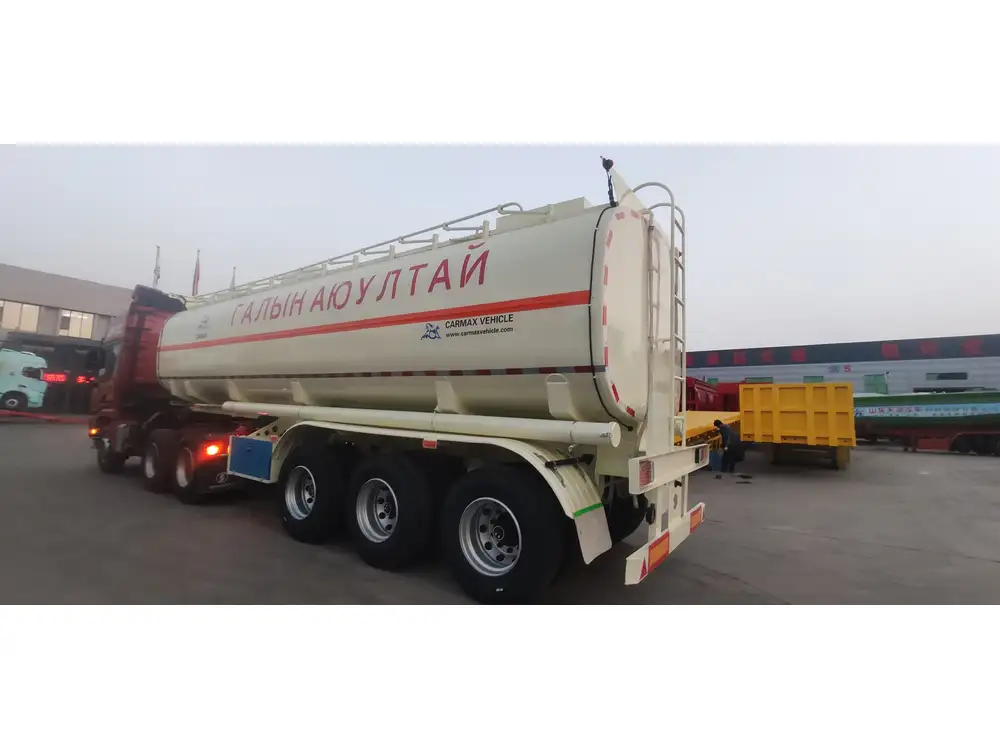
Importance of Weight Distribution
Proper weight distribution is pivotal for safe towing and maneuvering. The weight should ideally be centered on the trailer, maintaining balance to prevent sway or potential overturning.
Recommended Weight Distribution
- Front Load: Aim for about 60% of the weight at the front of the trailer.
- Rear Load: Maintain a maximum rear load of no more than 40% to prevent the trailer from becoming tail-heavy.
2. Trailer Specifications
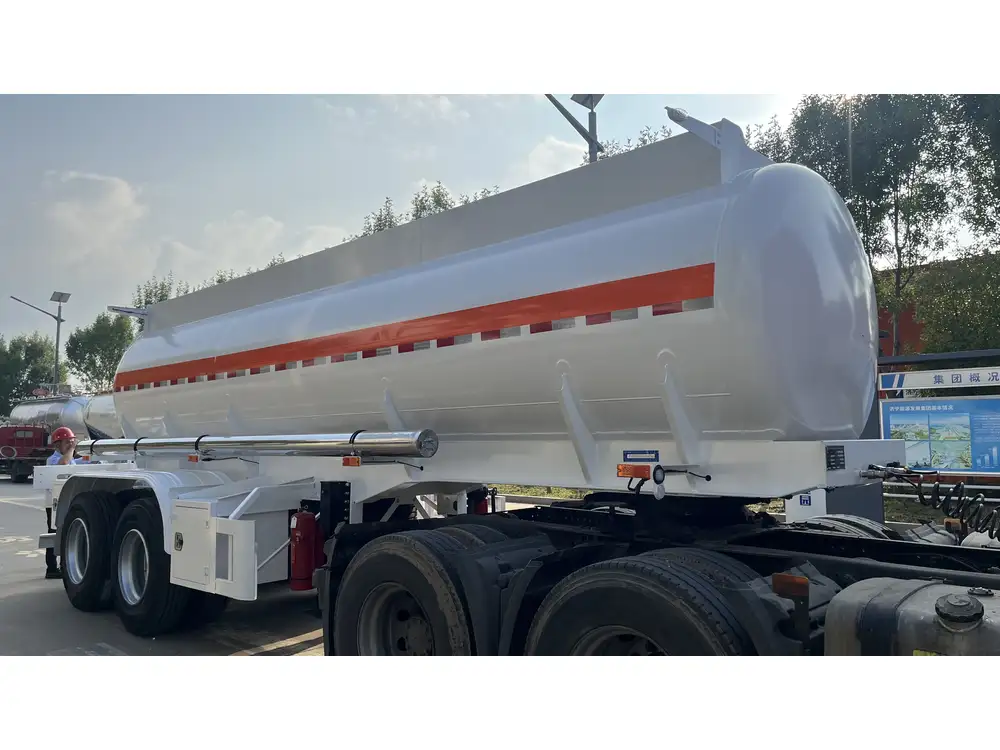
Flatbed Dimensions
Confirm that your flatbed trailer is rated to handle the weight of the dually. Common configurations include:
| Trailer Type | Length | Width | Weight Capacity |
|---|---|---|---|
| Standard Flatbed Trailer | 20-40 feet | 8.5 feet | 10,000 – 25,000 lbs |
| Extendable Flatbed | 40-80 feet | 8.5 feet | 25,000 – 50,000 lbs |
Tire Ratings
Bridging the gap between vehicle tire ratings and trailer capabilities is crucial. It prevents tire blowouts that can lead to serious accidents.
3. Local Regulations
Regulatory compliance should never be overlooked. Each region may have its own set of guidelines governing the maximum allowable size and weight of loads transported. Ensure that you’ve done the proper checks before hitting the road.
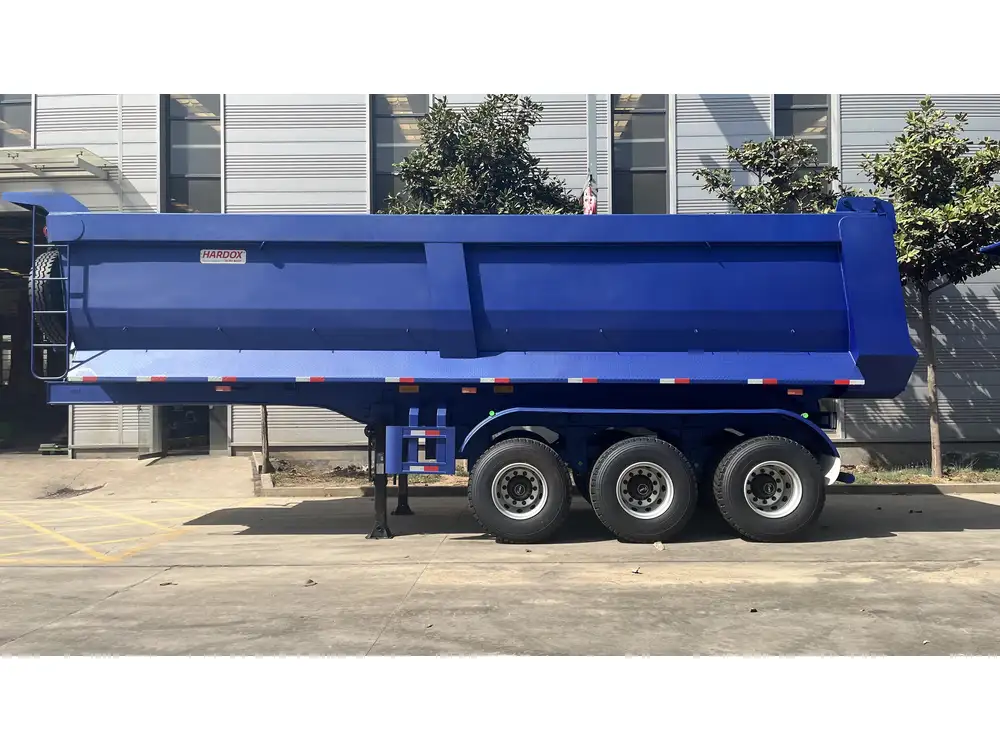
Step-by-Step Guide: Placing a Dually on a Flatbed Trailer
The following is a meticulous step-by-step process designed to facilitate the safe and effective loading of a dually onto a flatbed trailer.
Step 1: Assemble Necessary Equipment
Gather all tools and safety equipment required for the job, ensuring that they are in good condition:
- Ratchet Straps: Heavy-duty straps rated for the weight of the dually.
- Wheel Chocks: To prevent any movement during the loading process.
- Winch: If available, this will aid in loading larger vehicles safely.
- Safety Gear: Gloves, hard hats, and steel-toed boots for all personnel involved.
Step 2: Position the Trailer
Ensure that the flatbed trailer is securely parked on a flat, level surface. This mitigates the risk of rolling away during loading. Chock the trailer wheels for added security.
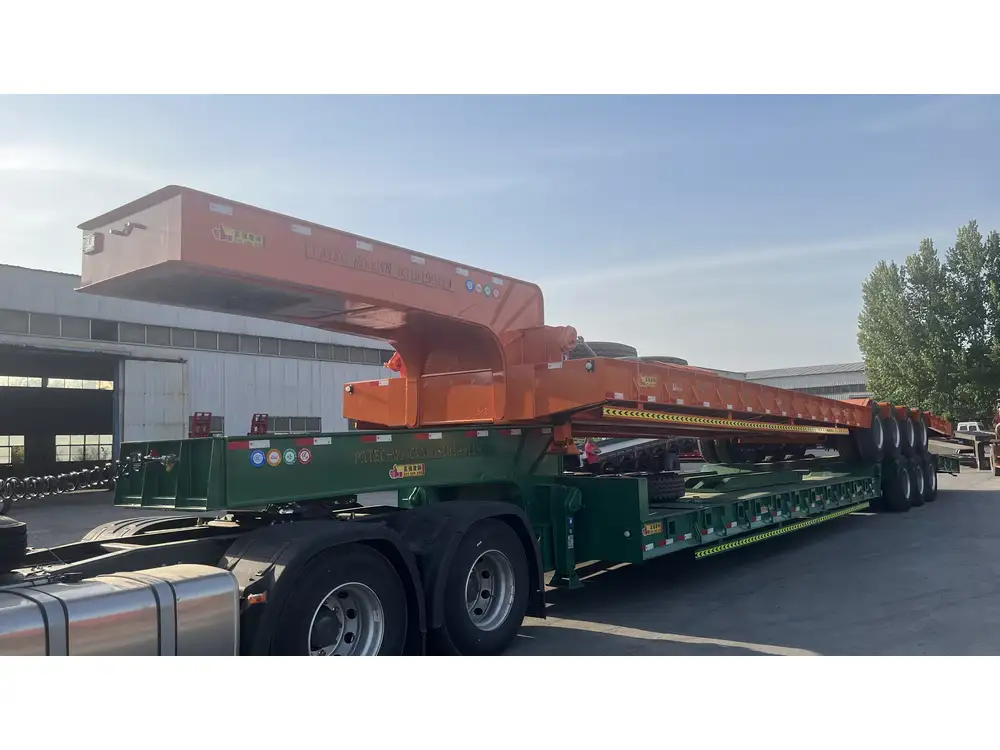
Step 3: Prepare the Dually
Prior to loading, ensure that the dually is ready. This entails:
- Checking tire pressure and condition.
- Ensuring that all doors are shut, and the vehicle is in park.
- Disconnecting any auxiliary equipment that might impede loading.
Step 4: Load the Dually
a. Aligning the Dually
Drive the dually up the flatbed ramp, keeping it centered. The alignment should prioritize even weight distribution, ensuring the vehicle remains balanced.
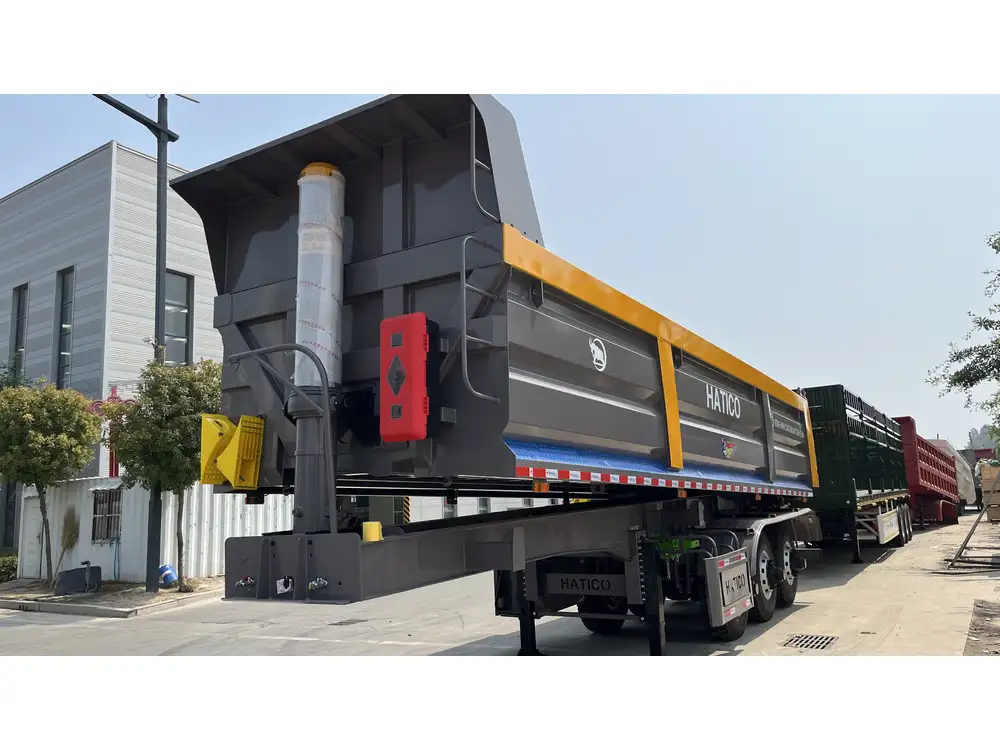
b. Positioning
Upon reaching the designated spot on the trailer, position the dually so that either the front or rear axles are appropriately aligned with the trailer’s axles.
Step 5: Securing the Dually
Once the dually is in place, it needs to be securely fastened:
a. Using Ratchet Straps
- Attach Straps: Fasten one end of the ratchet straps to the stake pockets or D-rings located on the sides of the trailer.
- Anchor the Other End: Connect the other end to the vehicle frame or designated secure points on the dually.
- Tighten: Utilize the ratchet mechanism to tighten the straps securely yet gently to avoid over-compression.
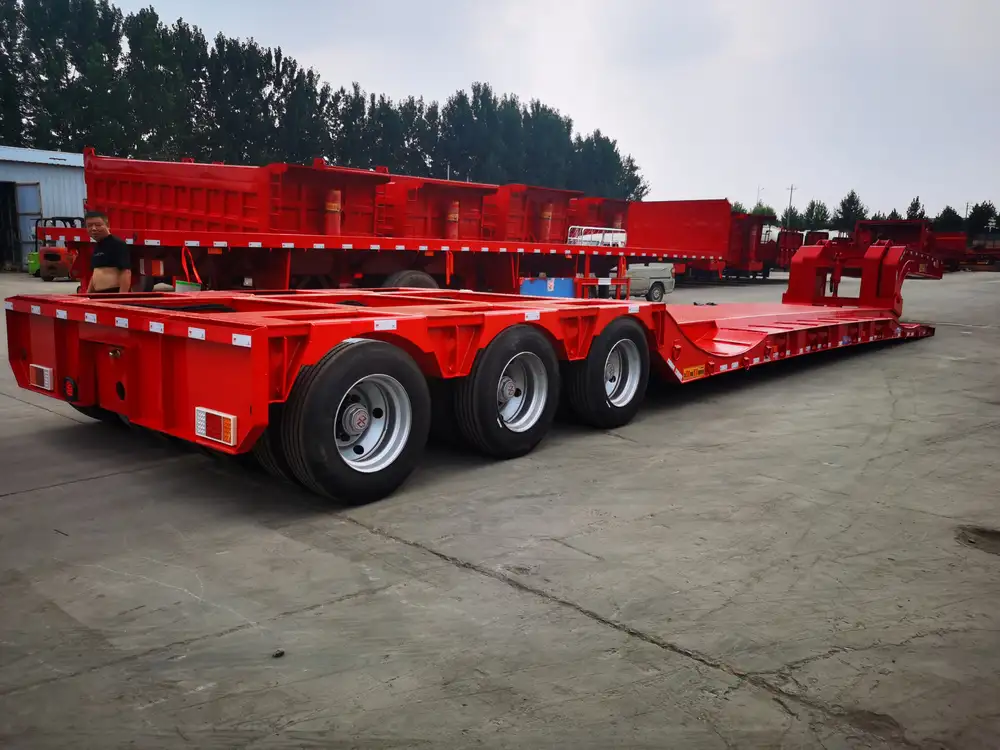
b. Wheel Chocks Installation
Place wheel chocks at the front and back of the dually’s rear wheels to prevent any unintended movement.
Safety Precautions During Transport
Loading is just half the battle; maintaining safety during transport is equally crucial. Employ the following measures:
1. Regular Checks
Conduct periodic stops to check that all straps remain tight and that the dually is held firmly in place. Adjust as necessary.
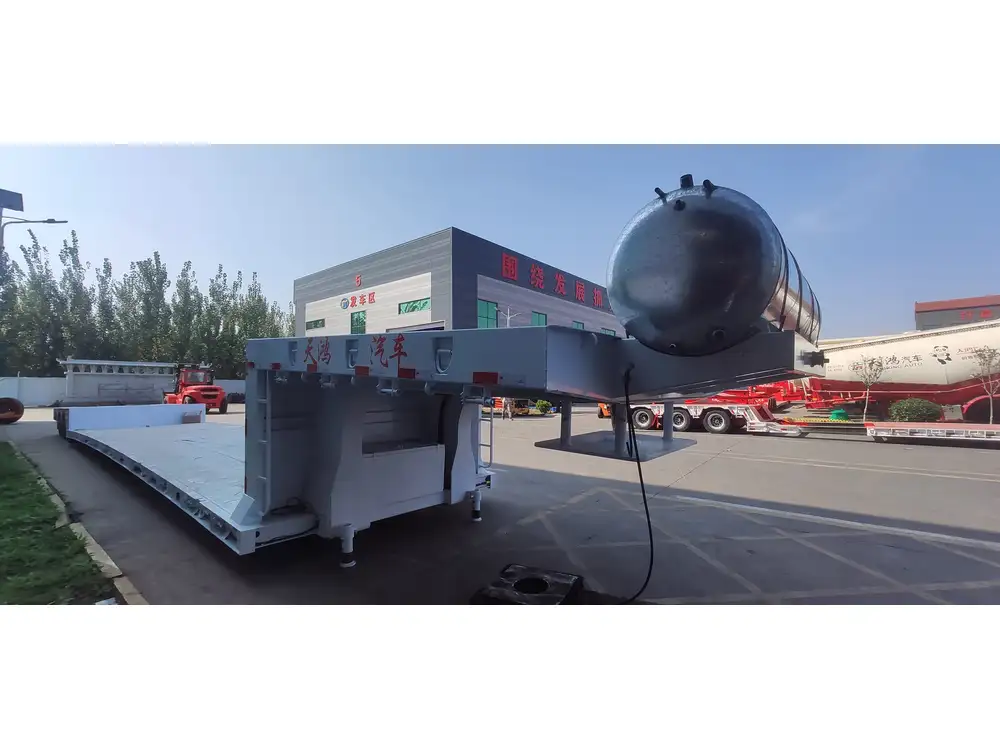
2. Manage Speed
Limit your speed while hauling to prevent sway and loss of control. Adhere to posted speed limits, adjusting for road and weather conditions.
3. Awareness of Surroundings
Maintain full situational awareness while driving. Observe other road users and avoid sudden maneuvers.
Common Mistakes to Avoid
In the rush of loading and securing a dually on a flatbed trailer, several common pitfalls can lead to significant issues. Here’s what to avoid:

1. Overloading the Trailer
Confirm that the combined weight of the dually and any additional cargo does not exceed the trailer’s weight limits. Always check load capacities as per local regulations.
2. Inadequate Securing
While it might seem like a minor detail, not securing the dually properly can result in catastrophic failures. Double-check each strap’s tension before starting your journey.
3. Ignoring Legal Requirements
Ensure compliance with weight limits and transport regulations that may vary based on location. Ignoring these can lead to costly fines or both the vehicle and trailer being impounded.
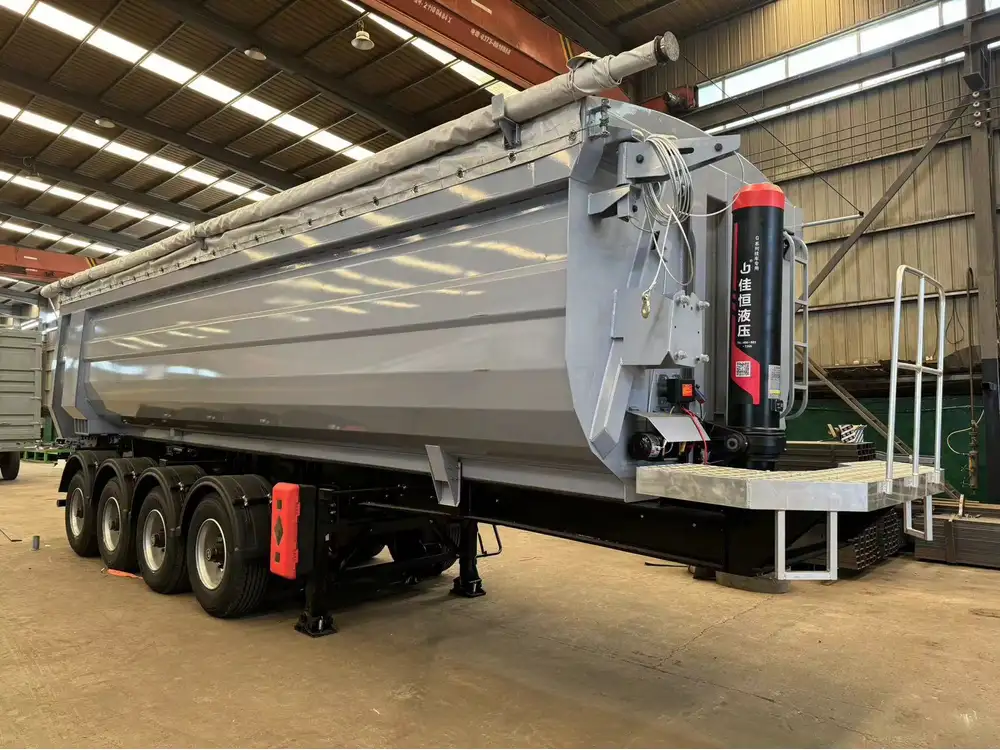
Conclusion
Loading a dually onto a flatbed trailer doesn’t have to be a daunting task if approached correctly. By understanding the various aspects of weight distribution, trailer specifications, load securing methods, and transport regulations, you can enhance safety and efficiency while safeguarding your valuable assets.
This comprehensive guide provides essential knowledge and actionable steps for anyone looking to master the loading of dually trucks onto flatbed trailers, whether for personal use or in a commercial setting. By implementing these procedures, you can ensure a smooth transport experience, fully optimized for safety and compliance.



